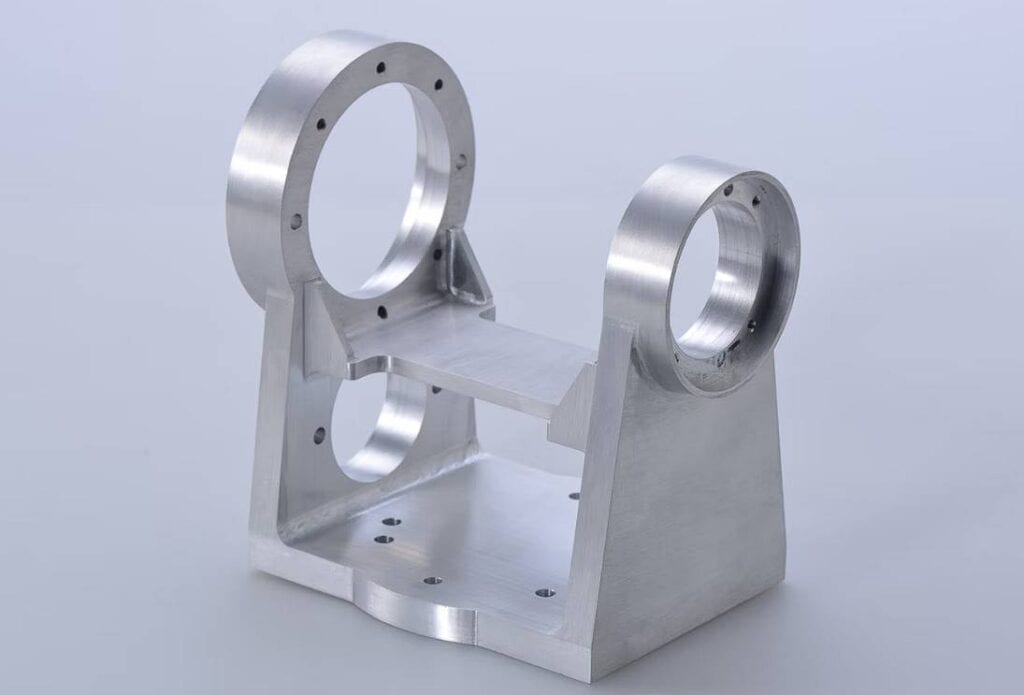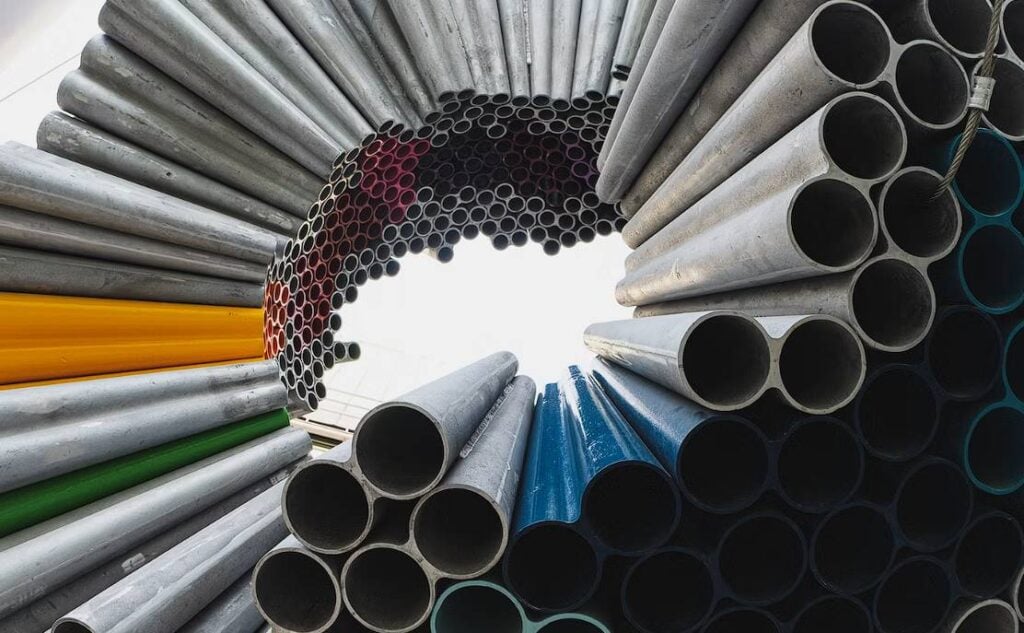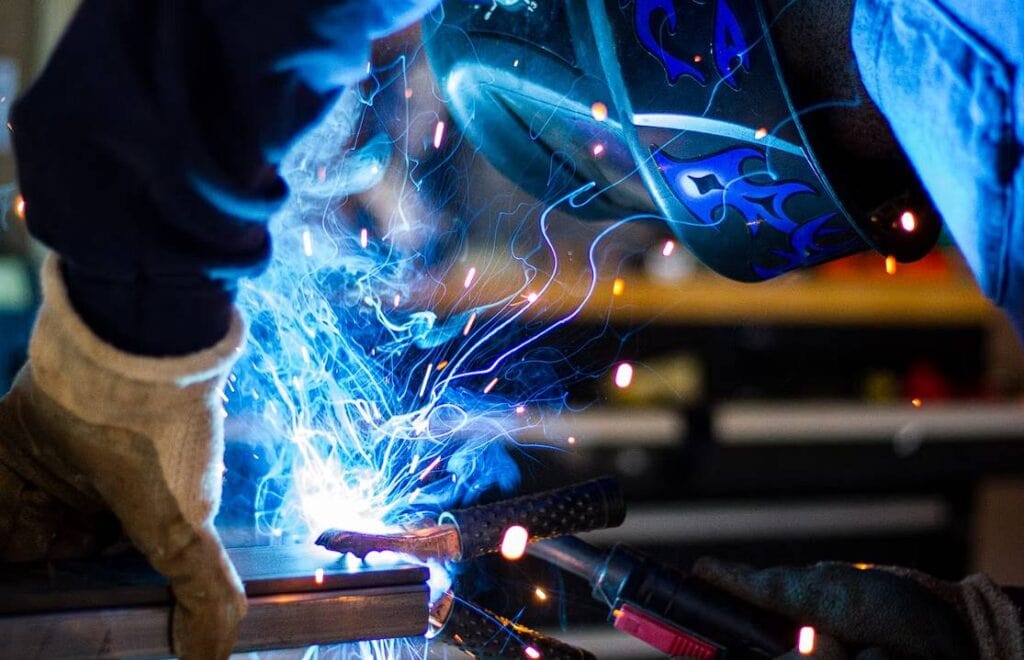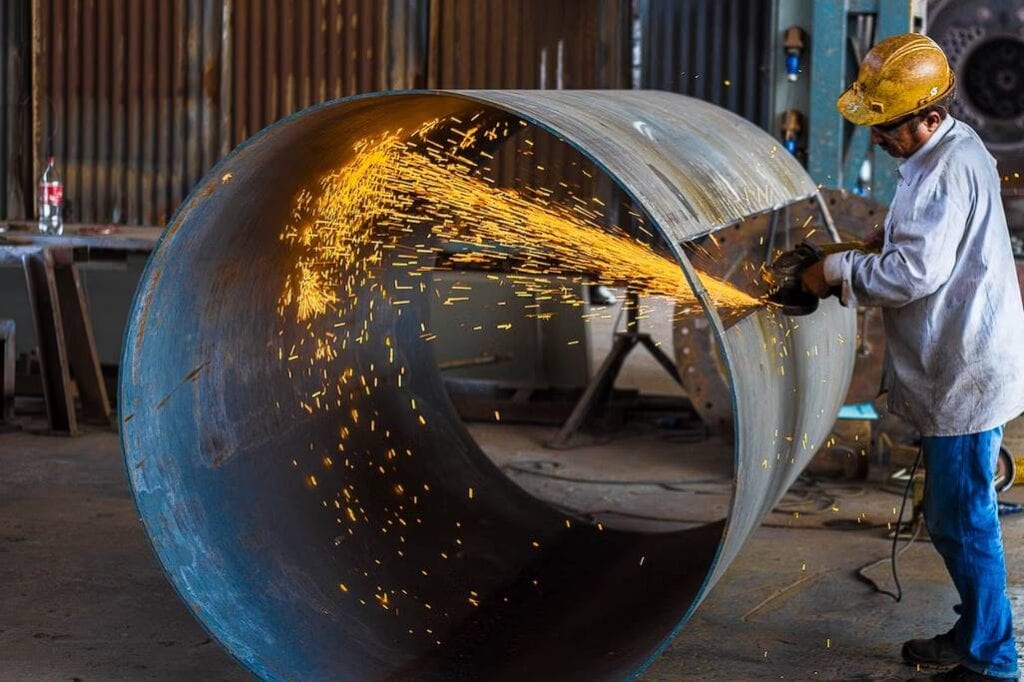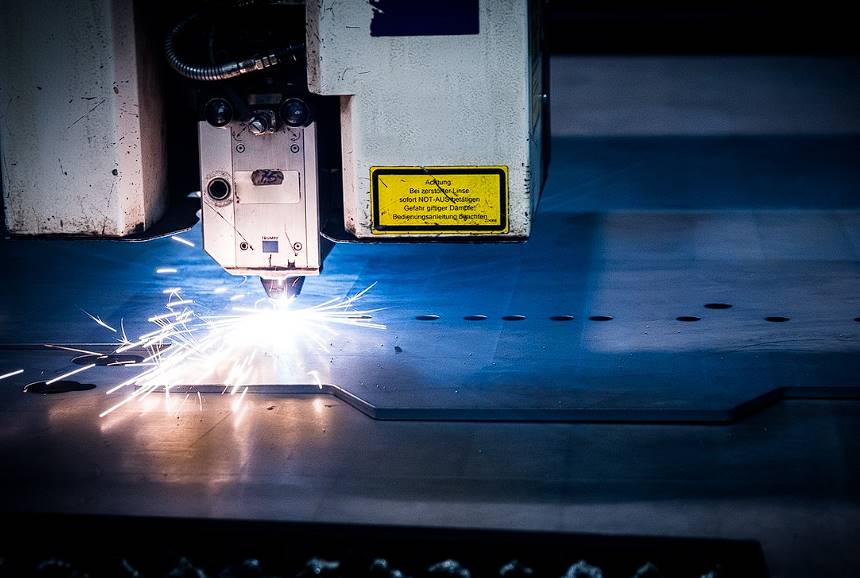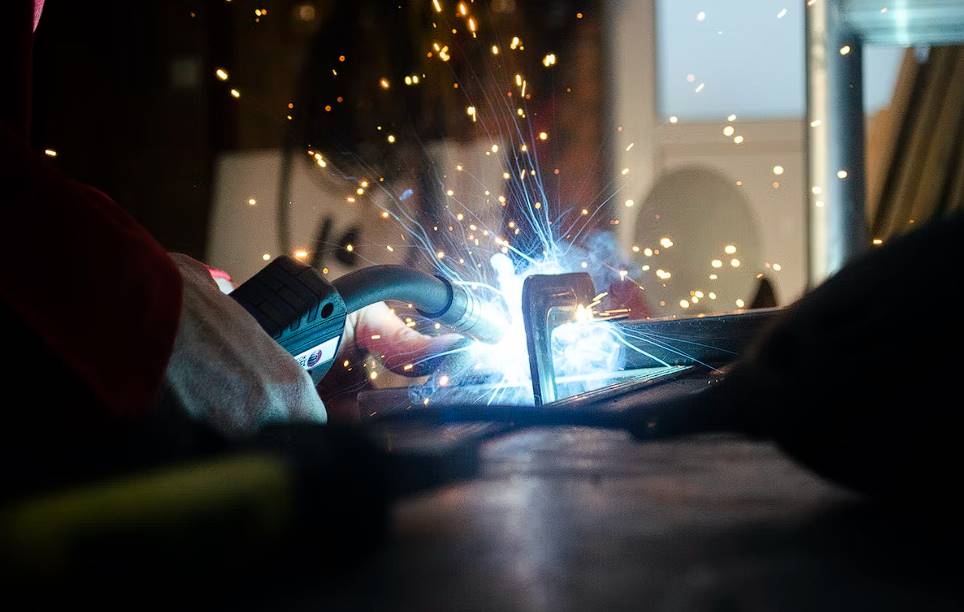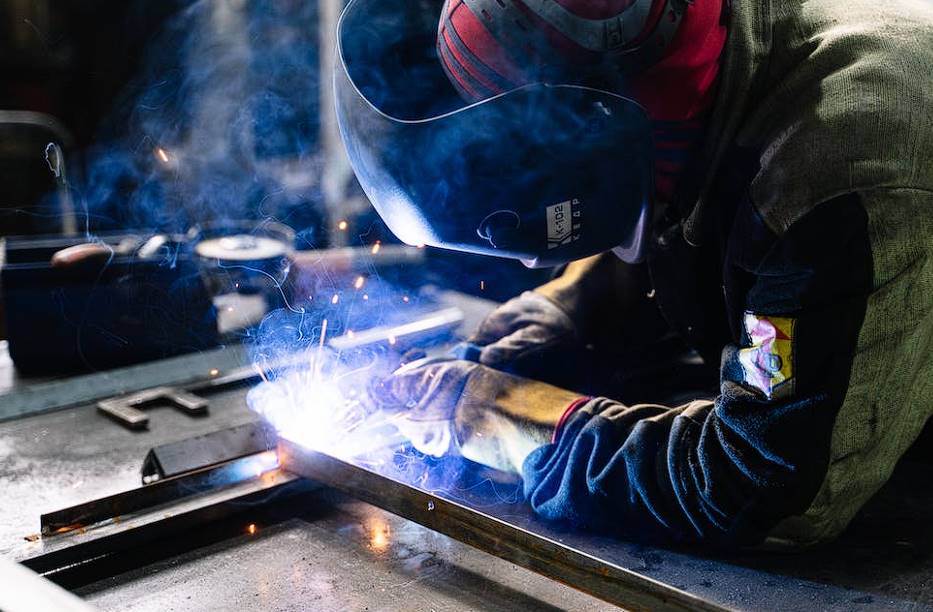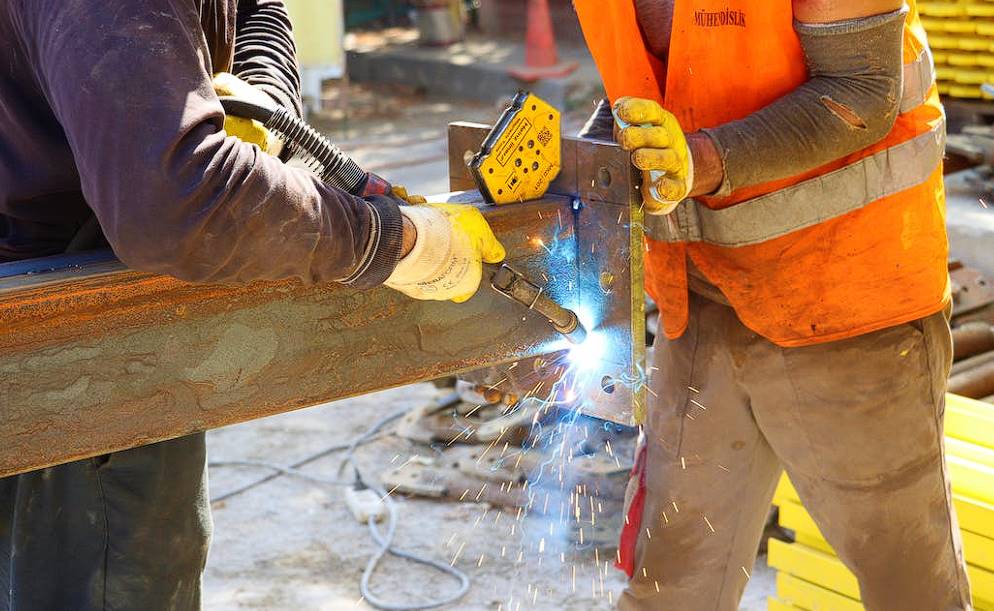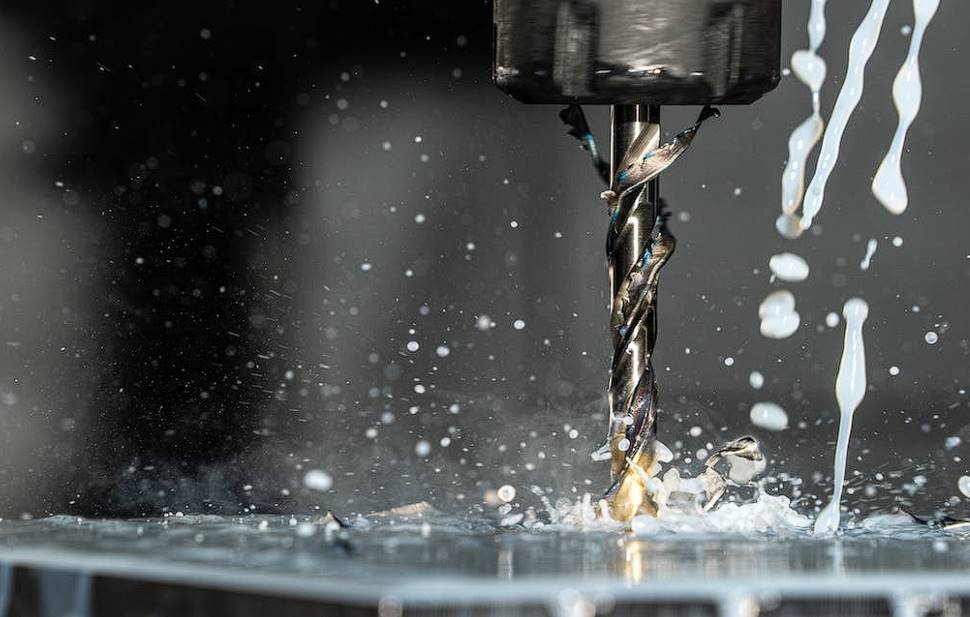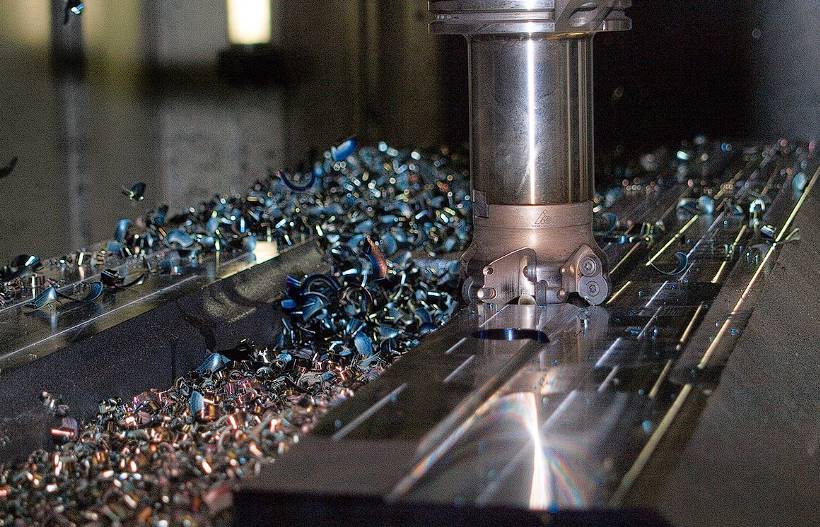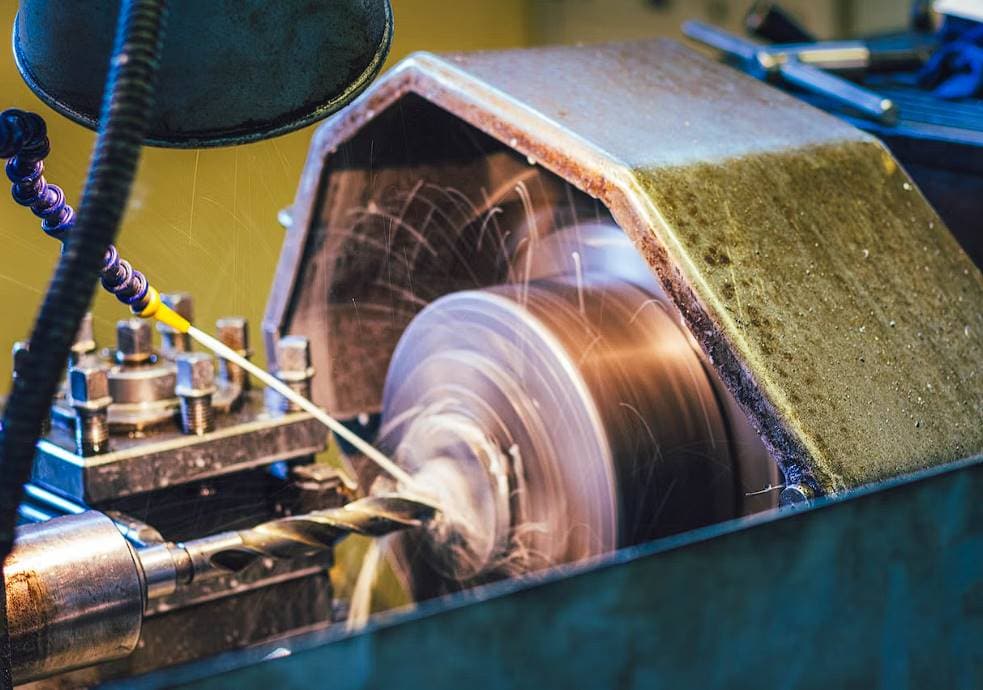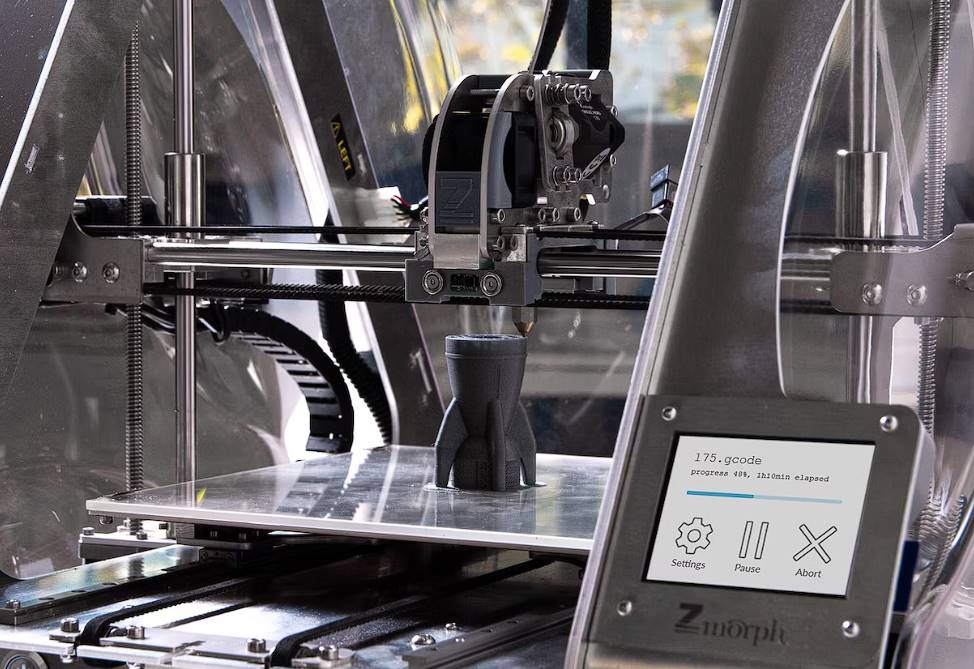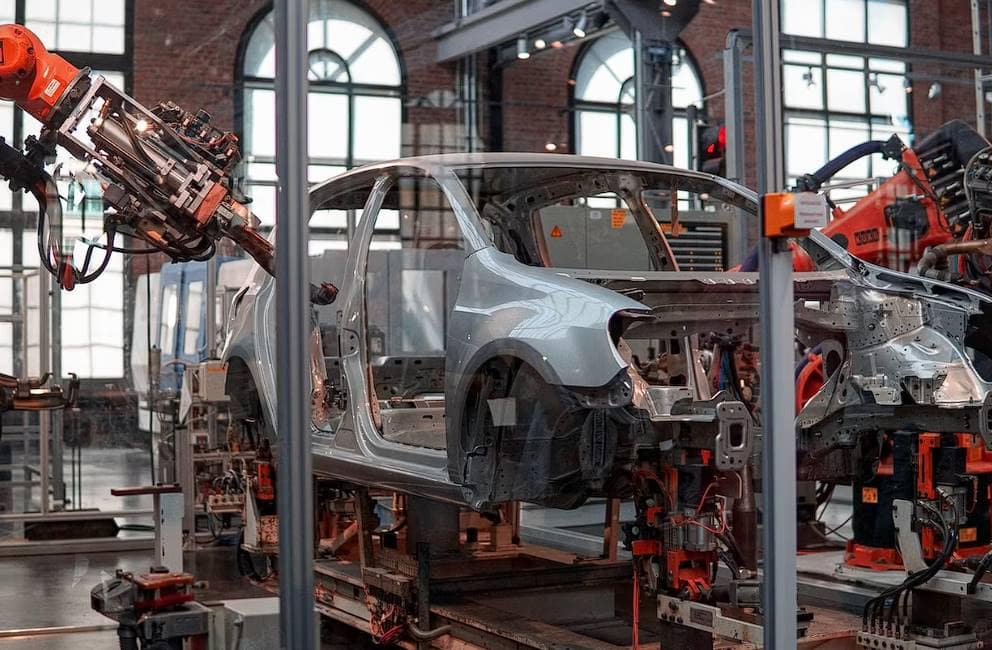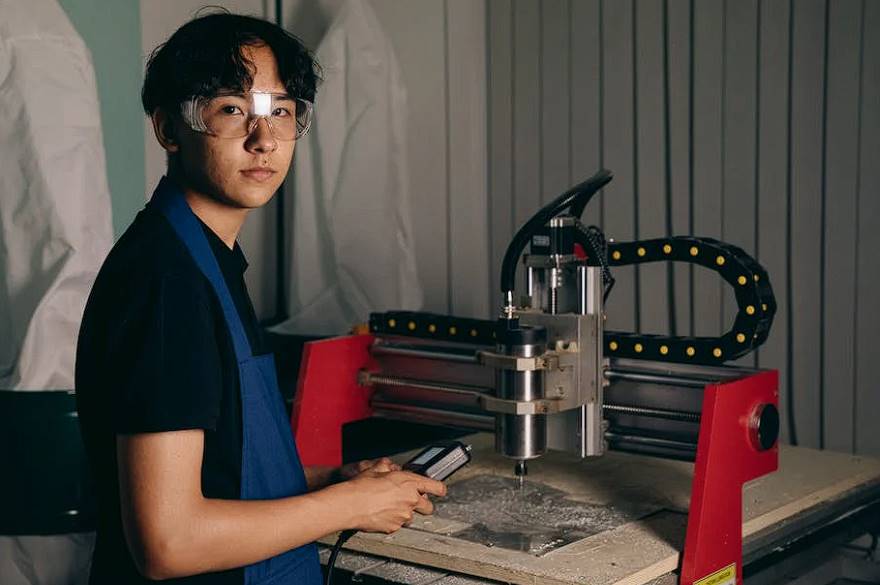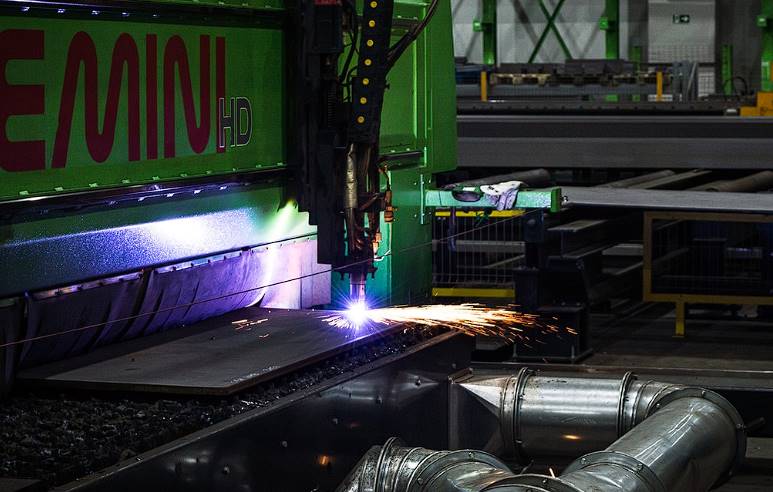The aerospace, construction, maritime sectors and automotive are just some of the many that rely on aluminium welding. However, aluminium's strong thermal conductivity, low melting point, and susceptibility to deformation make it a challenging material to weld. This article will examine the many aluminium welding techniques, as well as the difficulties encountered, precautions taken, and technological advances that have been made in this field. In this piece, we'll look at why welding aluminium is so crucial in the manufacturing industry today.

Advantages Of Using Aluminium
Given the difficulties associated with welding aluminium, you may wonder why the material is even used.
Aluminium as a building material is a relatively new phenomenon. Aluminium was considered such a rare metal that a 100-ounce pyramid was installed atop the Washington Monument when it was finished in 1884. Aluminum's comparatively limited application at the time.
In 1886, the electrolytic procedure for extracting pure aluminium from aluminium oxide was discovered, making aluminium commercially available for the first time. Since then, welders all over the world have recognised its unique benefits and put them to use in industries as diverse as the automotive, aerospace, and maritime sectors, among others.
Though it might be frustrating to work with, aluminium has several useful properties.
- Aluminum's strength-to-weight ratio exceeds steel's, and unlike steel, it improves with cold. That's why it's so useful for jobs that need to be sturdy without being cumbersome.
- Aluminium is almost as good as copper at conducting electricity and heat.
- Aluminum's noncorrosive nature is a plus, especially considering the difficulties oxidation can cause in welding.
- Aluminum's rising popularity can be partly attributed to the fact that metal is both recyclable and inexpensive.
- Aluminum's ability to readily absorb paint and sealer makes it a popular choice for its decorative effects.
Aluminium Properties That Affect Weldability
It is crucial to understand how these features affect weldability when working with aluminium. The capacity to fuse metal without creating defects is what is meant by "weldability." Weldability is defined as the ability to fuse metal without introducing flaws. Finding issues and developing solutions will be simple if you are well-versed on the physical properties of aluminium. So, without further ado, let's dive into the details of these four aspects.
Highly Conductive to Heat
Aluminum's excellent thermal conductivity means it can release heat quickly. This is why it performs so well as a radiator material. Unfortunately, that can present some difficulties during welding. Welding currents must be increased to ensure fusion, necessitating more robust welding equipment. If you've ever used GTAW to weld thick aluminium, you know how long it takes for the puddle to cool enough to add filler material. This is because the heat is dissipated rapidly from the weld region. Once the component reaches the desired working temperature, you can begin filling the voids.
High heat conductivity is also apparent at the outset of GMAW welds in aluminium. As a result, they will be shaky and exhibit other symptoms of chilly lap or lack of fusion. This is a problem with GMAW aluminium welds, and it will only go away if how many hot start features are added to welding equipment.
High Thermal Expansion Coefficient
Aluminium has a far larger coefficient of thermal expansion than steel, therefore it shrinks about twice as much as it solidifies. This leads to two issues: more distortion and a rise in residual stresses around the weld. This extreme solidification causes crater cracks. Hence care must be used while terminating welds. A longitudinal crack can emerge if a crater forms at the tip of an aluminium weld. A common misconception is that a second welding pass will fix the problem. This could be more effective.
Crater fractures can be fixed in one of two main ways in GMAW. The first is the back step technique, in which the welder reverses course for an additional inch or two after reaching the end of the weld. Another possibility is to use the crater function if it is available on the welding machine.
Since the operator can feather the weld's end to reduce the extent of any crater cracks, GTAW is not particularly susceptible to this problem.
High Solubility in Hydrogen
The hydrogen solubility of molten aluminium is exceptionally high. Oil, grease, hydrocarbons, condensation on the filler metal, wire drawing lube residue on the filler metal, breezes, high humidity, shielding gases, water leaks in welding equipment, hydrated oxides, and many other things can all contaminate the base material with hydrogen.
The AWS D1.2 allows for significantly more porosity than the AWS D1.1 acceptance criteria for RT (x-ray). Achieving a weld free of porosity is not impossible, but it is quite challenging. Porosity will be mostly subsurface.
Coating with Oxide
When exposed to air, aluminium begins to react with oxygen, forming a thin, resilient oxide coating. Corrosion resistance is a desirable side effect of this oxide layer, but it can make welding more difficult. This aluminium oxide layer is particularly porous, so it readily absorbs and holds onto dirt, dust, and other particles.
Thicker oxide coatings should be stripped away before welding is attempted. Mechanical means (such as a stainless steel brush or wire wheel) can accomplish this task. We must also clean the surface of any oil, grime, or other debris. One effective method is to use acetone. Sometimes the oxide covering is thin enough that the arc energy is enough to clear it.
Why Is Aluminium Welding So Difficult?
Aluminium is a different animal when it comes to welding. Due to its unusual composition, aluminium presents several difficulties. Both porosity and heat conductivity rank among the largest of these difficulties.
Porosity
Aluminium welding is complicated by porosity because hydrogen is soluble in molten aluminium. Aluminium and the filler material both melt during welding, absorbing hydrogen as a result. The solution can contain hydrogen, but the two metals cannot continue until they solidify. It causes the metal to become porous due to trapped bubbles forming.
Hot cracking
Aluminium welding is unaffected by hydrogen, unlike steel welding. However, hot cracking is a real possibility. Selecting an appropriate filler material is the most effective strategy for overcoming this difficulty.
Thermal conductivity
The heat conductivity of aluminium is quite high. As a result, the metal's colder regions constantly seek to steal heat from the weld zone. Because of this, penetrating the weld is difficult. Increasing the amount of heat used will aid in reaching the required temperature for the weld to penetrate.
What Welding Is Used For Aluminium?
Aluminium can be welded using the following techniques:
First, keep the welding area cool. Because of this, penetrating the weld is difficult. Increasing the amount of heat used will aid in reaching the required temperature for the weld to penetrate.
GTAW/TIG
The lack of mechanical wire feeding in GTAW makes it a fantastic procedure for aluminium, which can pose feed ability concerns with other welding methods. Instead, the welder puts his hand in the puddle and feeds the filler material into it. The GTAW method also eliminates the risk of atmospheric contamination of the aluminium.
This will aid in achieving the necessary heat to permeate the material being welded.
TIG welding advice:
- Tungsten electrodes or rods, preferably pure tungsten, should be used with aluminium.
- Aluminium needs to be cleaned and preheated before use.
- Overly high argon flow rates at the torch can result in an unsteady arc, so keep such rates in check.
- Applying a heat sink will help prevent warping.
- To maintain a steady welding puddle, use a clean aluminium filler electrode or rod and melt it into the base material.
GMAW/MIG
In MIG welding, the wire electrode is constantly fed from the bottom of the weld. As a result, the wire is protected against hydrogen absorption by an inert gas or, in some cases, a gas mixture. Unfortunately, spray transfer methods are notoriously untidy because they leave behind a residue of tiny metal beads.
This process offers greater precision and cleanliness in the final product for skilled welders. In most cases, however, you'll need to set aside some time to polish the weld.
MIG welding advice:
- Get the feed wires ready to push and pull.
- Remove any oxide from the aluminium and file the joining edges.
- Instead of pulling, welders should push at an angle of 10 to 15 degrees.
- If you want a better-looking weld and fewer flaws, use straight beads and do many passes.
- If you want to weld more slowly, a heat sink is what you need.
Electron Beam Welding and Laser Beam Welding
Beam welding methods are usually more than enough for joining aluminium. In addition, beam welding techniques don't need to worry as much about cold starts because of the high power density. However, laser welding might cause issues if the material is very reflective. Furthermore, optimising the shielding gas is essential for preventing porosity. Electron beam welding typically avoids these issues because it is conducted in a vacuum and does not use light as an energy channel.
Resistance Welding
Aluminium welding can be done through resistance welding. However, issues emerge due to aluminium's high thermal and electrical conductivity. Time spent on parameter development and investment in specialised tips and resistance welding gear may be necessary to overcome these obstacles.
Arc Welding
Arc welding was the first method of its kind to be developed. In this method, the aluminium sheet is melted and joined with the help of an electrical current. However, it's the cheapest way to weld aluminium; only a seasoned professional should do it.
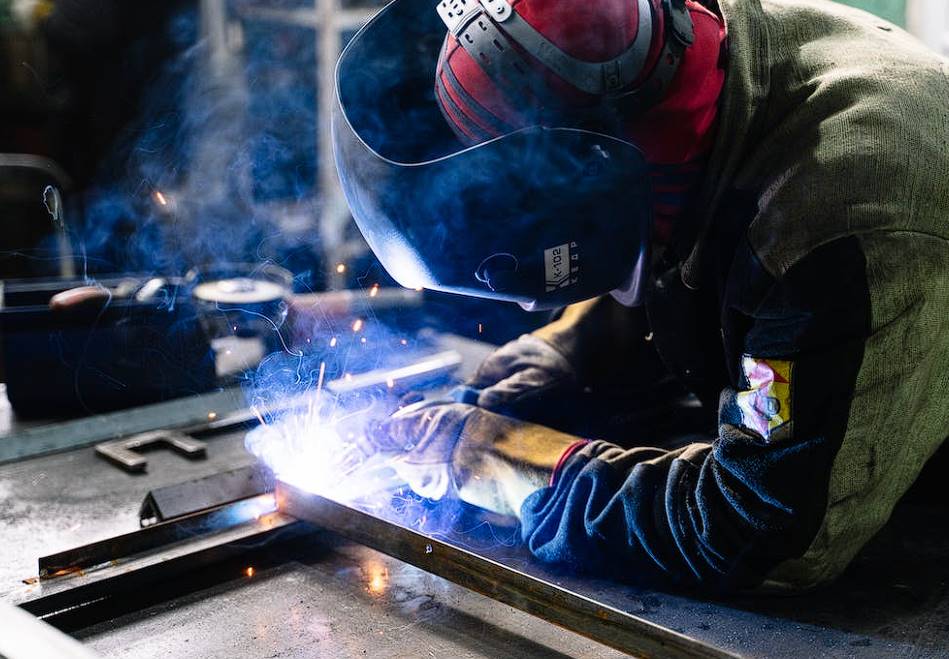
Mistakes To Avoid In Aluminium Welding
Now that we've discussed the various techniques for welding aluminium, we can move on to the most typical pitfalls.
- Adopting a "one-size-fits-all" strategy: Welders must approach aluminium welding very differently than they would approach welding steel. Aluminium is unlike any other metal or material. Therefore, the welder must develop a unique approach to welding to avoid the potential hazards of improperly working with it. Disregarding the importance of PPE: Welding is inherently risky, whether you're working with aluminium or another material. Welders should always exercise caution to protect themselves and those around them. If you desire a lengthy career in the field, this is a must.
- Not being ready: The welder and the material being welded must be prepared properly. Never start a weld without first thoroughly cleaning and storing your aluminium. Also, prepare for the task by learning as much as possible about aluminium welding. Only rush into something after first making sure you're ready for it.
- Skipping over the fine print: The key to success in welding is attention to detail, as any professional welder will tell you. Aluminium welding is particularly sensitive to even the tiniest of mistakes. Your ability to maintain a meticulous eye for detail is crucial to the growth of your company and your professional standing.
- Having no patience: Welding aluminium is a skill that must be learned. Persistence will pay off.
Conclusion
Aluminium welding is a challenging material due to its strong thermal conductivity, low melting point, and susceptibility to deformation. This article will examine the many aluminium welding techniques, as well as the difficulties encountered, precautions taken, and technological advances that have been made in this field. Advantages of using aluminium include its strength-to-weight ratio, conductivity, noncorrosive nature, recyclable and inexpensive, and ability to absorb paint and sealer. Weldability is defined as the ability to fuse metal without creating defects. Welding currents must be increased to ensure fusion, necessitating more robust welding equipment.
Aluminium has a larger coefficient of thermal expansion than steel, leading to more distortion and crater cracks. Crater fractures can be fixed in one of two ways in GMAW: the back step technique or the crater function. Hydrogen solubility of molten aluminium is exceptionally high, and the AWS D1.2 allows for significantly more porosity than the AWS D1.1 acceptance criteria for RT (x-ray). Coating with oxygen when exposed to air forms a thin, resilient oxide coating. Corrosion resistance is a desirable side effect of aluminium's oxide layer, but it can make welding more difficult due to its porous nature.
To avoid this, thicker oxide coatings should be stripped away before welding is attempted, and the surface of any oil, grime, or other debris should be cleaned with acetone. Aluminium welding presents several difficulties, such as porosity, hot cracking, and thermal conductivity. Welding techniques for aluminium include GTAW/TIG, which eliminates the risk of atmospheric contamination, and TIG welding, which uses tungsten electrodes or rods, preferably pure tungsten.
The most important details are that overly high argon flow rates at the torch can result in an unsteady arc, and that GMAW/MIG welding offers greater precision and cleanliness in the final product. Electron Beam Welding and Laser Beam Welding can be used to join aluminium, but they can cause issues if the material is reflective.
Resistance Welding can be used, but issues arise due to aluminium's high thermal and electrical conductivity. Arc welding is the cheapest way to weld aluminium, but only a seasoned professional should do it. Mistakes to avoid in aluminium welding include adopting a "one-size-fits-all" strategy, disregarding the importance of PPE, not being ready, skipping over the fine print, and having no patience. Welders must develop a unique approach to welding to avoid the potential hazards of improperly working with it.
Content Summary
- Aluminium welding is crucial in industries such as aerospace, construction, maritime, and automotive.
- Aluminium has a strong thermal conductivity, low melting point, and susceptibility to deformation, making it challenging to weld.
- Aluminium's strength-to-weight ratio exceeds that of steel, making it useful for sturdy yet lightweight applications.
- Aluminium is highly conductive to heat and electricity, making it suitable for radiator materials and electrical components.
- Aluminium is noncorrosive, which is advantageous for welding and durability.
- Aluminium is recyclable and inexpensive, contributing to its rising popularity.
- Aluminium readily absorbs paint and sealer, making it a popular choice for decorative effects.
- Weldability refers to the ability to fuse metal without creating defects.
- Aluminium's high thermal conductivity requires increased welding currents and robust equipment.
- Aluminium's high thermal expansion coefficient leads to distortion and residual stresses around the weld.
- Aluminium's solubility in hydrogen can cause contamination and porosity in the base material.
- Aluminium forms a thin oxide coating when exposed to air, making welding more challenging.
- Porosity and hot cracking are challenges in aluminium welding.
- GTAW/TIG (Gas Tungsten Arc Welding/Tungsten Inert Gas) is a suitable technique for aluminium welding.
- Cleaning and preheating the aluminium is important in TIG welding.
- GMAW/MIG (Gas Metal Arc Welding/Metal Inert Gas) is another method for welding aluminium.
- Beam welding techniques, such as electron beam and laser beam welding, are effective for joining aluminium.
- Resistance welding can be used for aluminium, but conductivity issues require special equipment.
- Arc welding is a cost-effective method for aluminium welding but requires expertise.
- Mistakes to avoid in aluminium welding include adopting a one-size-fits-all approach and disregarding proper protective equipment (PPE).
- Thorough preparation of the welder and the material is crucial for successful aluminium welding.
- Attention to detail is essential in aluminium welding to avoid mistakes.
- Patience is required to learn and master the skill of aluminium welding.
- Aluminium welding has unique properties and challenges compared to other metals.
- Aluminium's properties make it a versatile material in various industries.
- Proper cleaning and oxide removal are necessary before welding aluminium.
- Different welding techniques, such as GTAW/TIG and GMAW/MIG, can be used for aluminium welding.
- Beam welding methods like electron beam and laser beam welding are effective for aluminium joining.
- Resistance welding can be challenging due to aluminium's high thermal and electrical conductivity.
- Arc welding is an economical but skill-dependent method for welding aluminium.
Frequently Asked Questions
Aluminium surfaces must be thoroughly cleaned and degreased before welding to remove any impurities or contaminants that could affect the quality of the weld.
FCAW uses a tubular wire electrode with a flux core to produce the arc and is typically used for outdoor applications or in areas with high levels of wind.
LBW uses a high-powered laser to melt and join the aluminium and is typically used for high-precision welding applications.
LBW uses a high-powered laser to melt and join the aluminium, while traditional welding methods use the heat generated by an electric arc or gas flame. LBW is typically used for high-precision welding applications.
Aluminium welding can be challenging due to its high thermal conductivity, which can cause difficulty in maintaining proper weld penetration and controlling the heat input. Additionally, aluminium is prone to porosity and requires special preparation and cleaning prior to welding.


